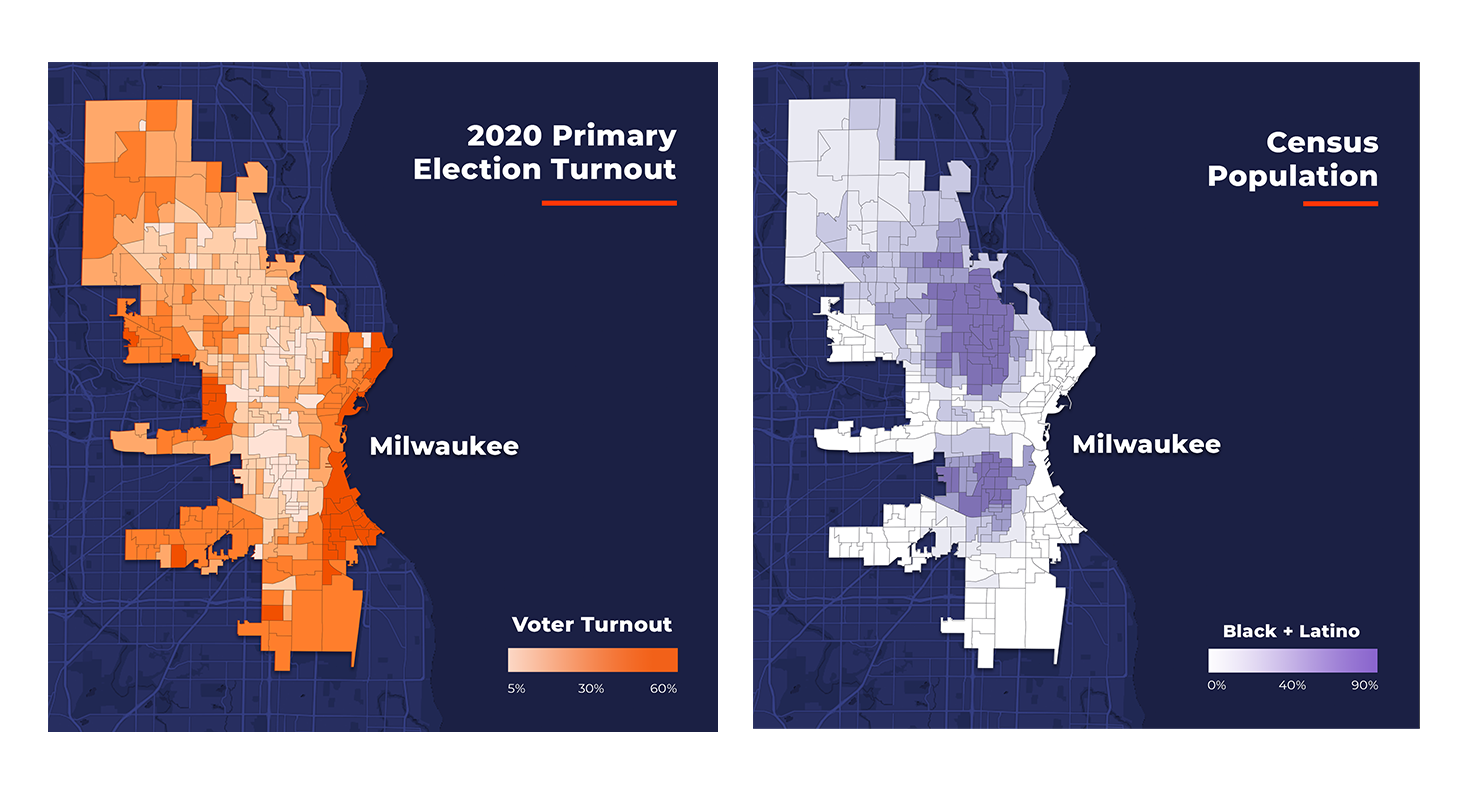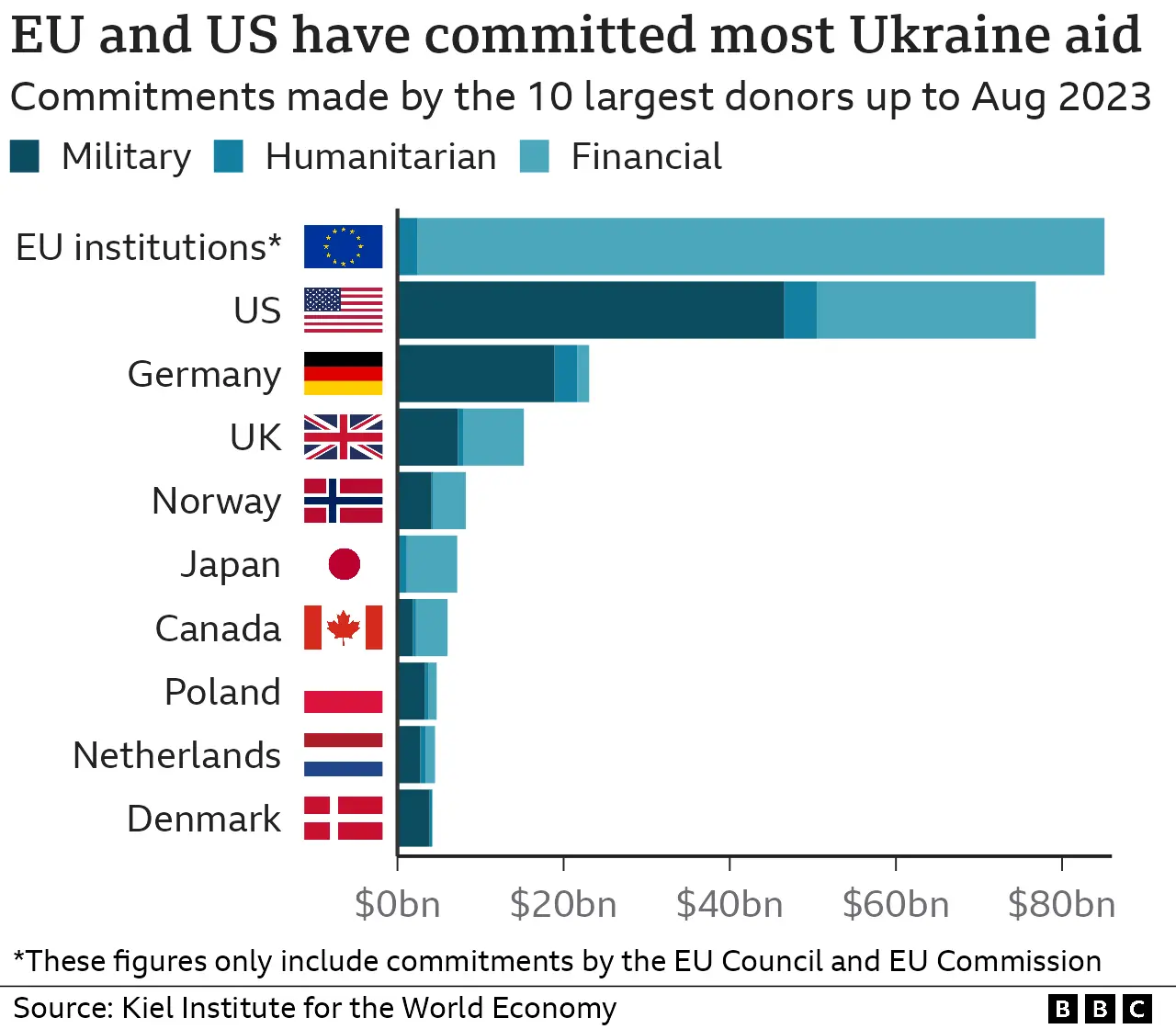Uncertainty And Trump's Tariffs: The Automotive Sector's Predicament

Table of Contents
The Direct Impact of Tariffs on Automotive Manufacturing
Trump's tariffs directly increased the cost of imported parts and vehicles, significantly impacting automotive manufacturing. The tariffs, imposed on goods from various countries, particularly China, targeted crucial automotive components like steel and aluminum. For example, tariffs on steel significantly increased the cost of producing car bodies, while tariffs on imported electronics raised the price of advanced driver-assistance systems (ADAS).
This led to a ripple effect throughout the industry:
- Increased production costs: Manufacturers faced higher expenses for raw materials and components, squeezing profit margins.
- Reduced profitability: The increased cost of production translated into lower profits, forcing some companies to cut back on production or lay off workers.
- Higher prices for consumers: Ultimately, the higher costs were passed onto consumers in the form of increased vehicle prices, making American-made cars less competitive in the global market.
- Loss of market share: The price increases, coupled with increased competition from foreign automakers who weren't subject to the same tariffs, resulted in a loss of market share for some US manufacturers.
Supply Chain Disruptions and Global Trade Conflicts
Trump's tariffs severely disrupted established automotive supply chains, both domestically and internationally. The automotive industry relies on a complex global network of suppliers, and the sudden imposition of tariffs forced companies to scramble to adapt. The unpredictability of these policies made long-term planning virtually impossible.
The consequences were far-reaching:
- Increased lead times for parts: Companies had to find alternative suppliers, often leading to longer lead times and delays in production.
- Difficulty in securing reliable suppliers: The shift in sourcing created challenges in securing reliable suppliers who could meet quality and quantity demands.
- Increased logistical costs: Navigating the complexities of new trade routes and customs procedures led to significant increases in logistical costs.
- Uncertainty in long-term investment: The instability created by the tariffs made it difficult for companies to make long-term investment decisions in new plants, technologies, or research and development.
The Impact on Employment and Investment in the Automotive Sector
The combined effects of increased costs, supply chain disruptions, and reduced competitiveness led to job losses and factory closures within the automotive sector. Reduced profitability also meant less investment in crucial areas such as research and development and plant modernization. The ripple effect extended to related industries, including steel and aluminum production, which also faced significant challenges.
Key consequences included:
- Job losses in manufacturing and related sectors: Thousands of jobs were lost in manufacturing plants and related industries due to reduced production and factory closures.
- Reduced investment in innovation and technology: Companies prioritized cost-cutting measures over investments in new technologies and research and development, hindering long-term competitiveness.
- Negative impact on economic growth: The decline in the automotive sector had a significant negative impact on overall economic growth and employment.
- Decreased competitiveness of the US automotive industry: The tariffs ultimately made the US automotive industry less competitive on the global stage.
Long-Term Effects and the Path to Recovery
The lingering effects of Trump's tariffs continue to shape the automotive sector's current landscape. Automakers are now actively working to mitigate future tariff risks by restructuring their supply chains, focusing on domestic sourcing whenever feasible, and investing in new technologies to reduce reliance on imported components. However, the potential for future trade disputes remains a major concern.
Steps being taken for recovery include:
- Restructuring of supply chains: Automakers are diversifying their supply chains to reduce reliance on single sources and specific countries.
- Increased focus on domestic sourcing: There's a growing emphasis on sourcing components domestically to minimize tariff risks.
- Development of new technologies: Investments in technologies that reduce reliance on imported components are crucial for long-term competitiveness.
- Advocacy for predictable trade policies: The industry is actively advocating for stable and transparent trade policies to foster future growth and investment.
Conclusion: Understanding the lasting effects of Trump's Tariffs on the Automotive Sector is crucial for future stability. The unpredictable nature of these trade policies severely impacted manufacturing, employment, and investment in the automotive industry. Moving forward, a stable and transparent trade environment is essential to foster growth and competitiveness. To learn more about navigating the complexities of international trade and its effects on the automotive industry, continue your research and explore resources dedicated to global trade policies and their impacts. Learn how to mitigate risks associated with future Trump's Tariffs impacting your Automotive Sector business.

Featured Posts
-
 Fortnite Item Shops New Feature Streamlining The Item Selection Process
May 02, 2025
Fortnite Item Shops New Feature Streamlining The Item Selection Process
May 02, 2025 -
 Ziaire Williams Growth And Development In His Second Nba Season
May 02, 2025
Ziaire Williams Growth And Development In His Second Nba Season
May 02, 2025 -
 Fortnite Game Mode Shutdown A Concerning Trend
May 02, 2025
Fortnite Game Mode Shutdown A Concerning Trend
May 02, 2025 -
 April 16 2025 Daily Lotto Results
May 02, 2025
April 16 2025 Daily Lotto Results
May 02, 2025 -
 Car Dealers Renew Opposition To Ev Mandates Industry Fights Back
May 02, 2025
Car Dealers Renew Opposition To Ev Mandates Industry Fights Back
May 02, 2025
Latest Posts
-
 Florida And Wisconsin Turnout A Glimpse Into The Current Political Landscape
May 02, 2025
Florida And Wisconsin Turnout A Glimpse Into The Current Political Landscape
May 02, 2025 -
 Florida And Wisconsin Voter Turnout Understanding The Shifting Political Tides
May 02, 2025
Florida And Wisconsin Voter Turnout Understanding The Shifting Political Tides
May 02, 2025 -
 Analyzing The 2024 Election Key Insights From Florida And Wisconsin Voter Turnout
May 02, 2025
Analyzing The 2024 Election Key Insights From Florida And Wisconsin Voter Turnout
May 02, 2025 -
 Significant Funding Cuts Bbc Issues Statement On 1 Billion Loss
May 02, 2025
Significant Funding Cuts Bbc Issues Statement On 1 Billion Loss
May 02, 2025 -
 Bbc Funding Crisis A 1 Billion Drop And The Future Of Broadcasting
May 02, 2025
Bbc Funding Crisis A 1 Billion Drop And The Future Of Broadcasting
May 02, 2025
